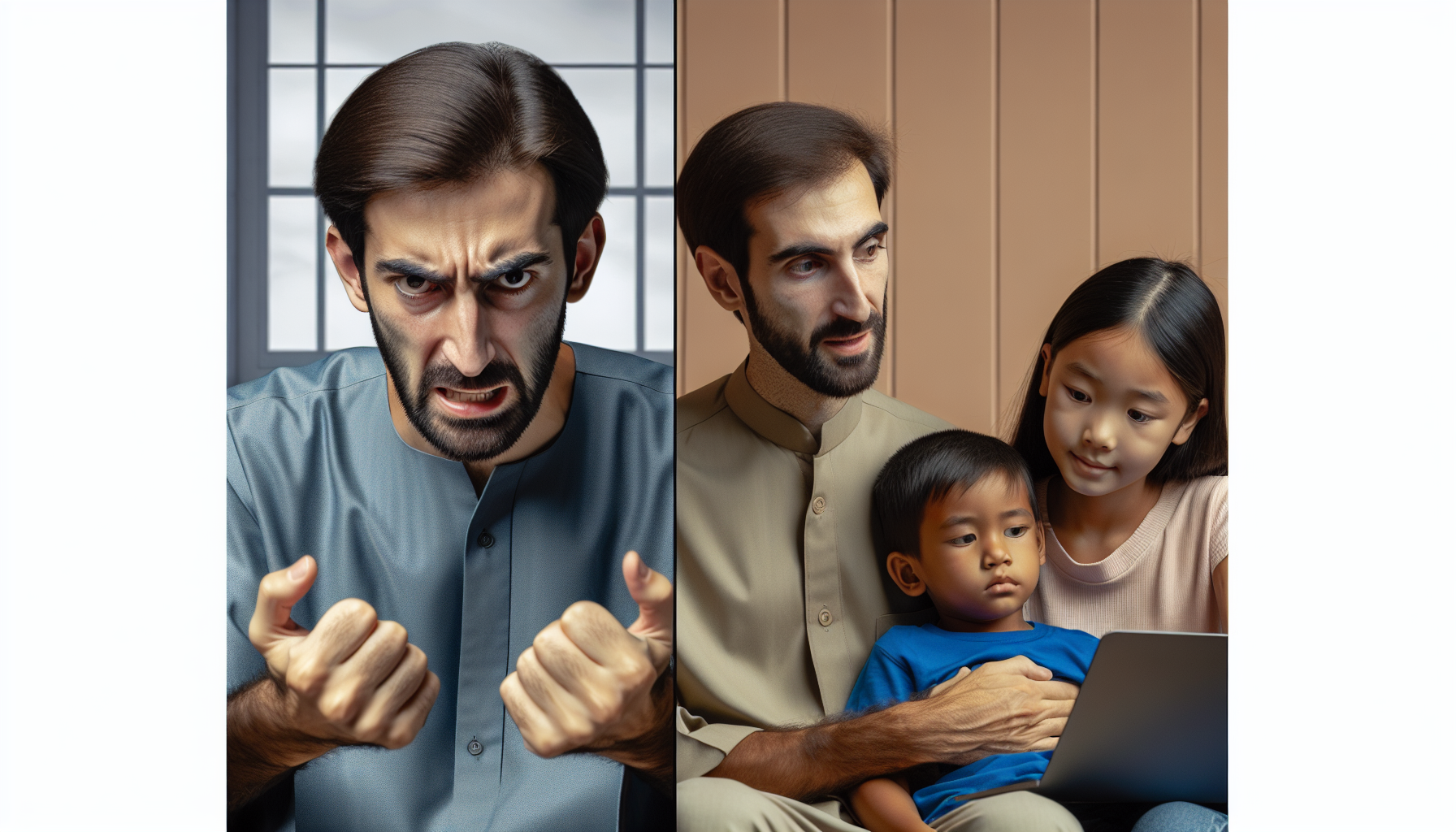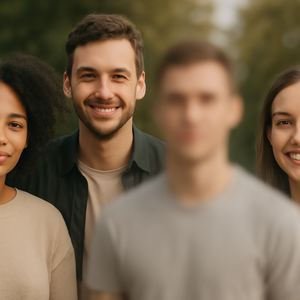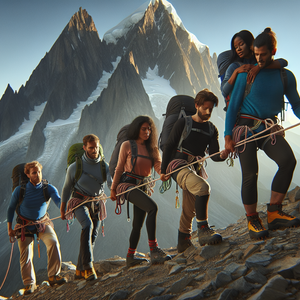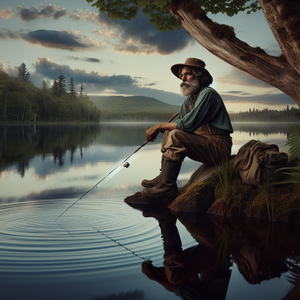AI-Powered Art: Monetizing Creativity in the Digital Age

The integration of AI into art creation can be traced back to significant advancements in machine learning and neural networks. These technologies enable computers to analyze vast datasets of existing artworks, learn from them, and subsequently generate new pieces. Noteworthy AI tools include DeepArt, DALL-E, and AIVA (Artificial Intelligence Virtual Artist). These platforms empower artists by providing unique capabilities, such as transforming photographs into stylized artworks or composing original pieces of music. For example, a digital artist might employ an AI tool to create a series of abstract designs that serve as the foundation for a larger painting. By utilizing AI, artists can experiment with styles and techniques that may have otherwise remained unexplored. This capability not only enhances the creative process but also democratizes art-making, allowing individuals without formal training to produce compelling pieces. The ability to generate multiple iterations of a concept facilitates experimentation, fostering innovation in artistic expression.
Platforms for Selling AI-Generated Art
With the growing demand for unique digital content, numerous platforms have emerged to facilitate the sale of AI-generated artworks. Websites such as ArtStation, Saatchi Art, and Etsy have created robust marketplaces for artists to showcase and sell their works. Additionally, the rise of Non-Fungible Tokens (NFTs) has revolutionized the landscape of digital art ownership and sales. Platforms like OpenSea and Rarible allow artists to mint their creations as NFTs, providing a secure and verifiable method for selling digital art while establishing ownership. The NFT marketplace has particularly resonated with artists and collectors alike, as it offers creators a means to monetize their work in ways that were previously unattainable. For instance, an artist who produces a digital painting using AI can mint it as an NFT and sell it directly to collectors, bypassing traditional galleries. This direct connection enhances profit margins and fosters a sense of community among artists and collectors, promoting a more interactive and collaborative art ecosystem.
Navigating Copyright Issues
Despite the exciting opportunities presented by AI in art creation, there are significant challenges related to copyright and ownership. The question of who holds the rights to AI-generated artwork is complex: Is it the artist who employs the AI, the developer of the AI, or the machine itself? Current copyright laws are struggling to keep pace with these technological advancements, leading to significant ambiguity in ownership rights. To navigate these challenges, artists must be proactive in understanding the legal landscape surrounding AI-generated art. Familiarity with the terms of service of the AI tools they utilize is essential, as these agreements often delineate ownership rights. Moreover, artists can protect their works by registering them with copyright offices and leveraging blockchain technology to establish provenance and authenticity. This proactive approach is crucial for safeguarding creative rights in an increasingly digital landscape.
AI-powered art is more than just a fleeting trend; it signifies a transformative shift in how creativity is produced and monetized in the digital age. By harnessing the capabilities of AI tools, artists are redefining the boundaries of artistic expression and exploring innovative business models. The emergence of platforms supporting the sale of AI-generated art, combined with the transformative potential of NFTs, creates unprecedented opportunities for creators to realize their visions and earn a living. However, as the landscape continues to evolve, it is imperative for artists to navigate the complexities surrounding copyright and ownership, ensuring their creative rights are protected. Embracing AI as a collaborative partner in the artistic process can unlock new dimensions of creativity and revenue, paving the way for a vibrant future in digital art. As we move forward, the blend of art and technology will undoubtedly continue to enrich the cultural tapestry of our society, inviting a diverse array of voices to participate in this exciting new chapter of creativity.
AI Artist
Independent artists, digital art studios, online marketplaces like ArtStation and Saatchi Art
Core Responsibilities
Utilize AI tools to create innovative visual art pieces, experimenting with various styles and techniques.
Collaborate with technologists to refine AI algorithms for generating art.
Exhibit work in galleries and online platforms, engaging with the art community and collectors.
Required Skills
Proficiency in AI art generation tools (e.g., DALL-E, DeepArt).
Strong artistic skills and a solid understanding of traditional art principles.
Ability to navigate digital art platforms and social media for promotion.
Creative Technologist
Art tech companies, museums, and galleries pushing the boundaries of digital experiences
Core Responsibilities
Develop and implement interactive experiences using AI to enhance artistic expression.
Work on projects that merge technology and art, such as installations or performances.
Collaborate with artists to translate creative visions into technological applications.
Required Skills
Strong programming skills (Python, JavaScript) and familiarity with machine learning concepts.
Experience with creative coding frameworks (e.g., Processing, p5.js).
Knowledge of digital media production and interactive design principles.
Digital Art Curator
Art galleries, museums, and online art platforms focusing on digital and AI art
Core Responsibilities
Research and select AI-generated artworks for exhibitions and online showcases.
Develop educational content that explains the significance of AI in contemporary art.
Foster relationships with artists and technologists to stay updated on emerging trends in AI art.
Required Skills
Strong background in art history, particularly digital and contemporary art.
Excellent organizational and communication skills for liaising with artists and stakeholders.
Familiarity with digital curation tools and online exhibition platforms.
NFT Marketplace Specialist
NFT marketplaces like OpenSea and Rarible, digital art consultancies
Core Responsibilities
Manage the curation and promotion of AI-generated artworks on NFT platforms.
Provide guidance to artists on minting and selling their digital art as NFTs.
Analyze market trends to optimize pricing and marketing strategies for NFT sales.
Required Skills
In-depth understanding of blockchain technology and the NFT ecosystem.
Marketing skills with a focus on digital media and community engagement.
Ability to analyze data on sales trends and artist performance.
Copyright and Intellectual Property Consultant for AI Art
Law firms specializing in intellectual property, art institutions, and nonprofit organizations supporting artists
Core Responsibilities
Advise artists and technologists on copyright issues related to AI-generated art.
Assist clients in navigating legal frameworks and securing intellectual property rights.
Provide workshops and resources on best practices for protecting digital artwork.
Required Skills
Strong knowledge of copyright law, particularly as it pertains to digital and AI-generated works.
Experience in legal consulting or working within the art industry.
Excellent communication skills to explain complex legal concepts to artists.


